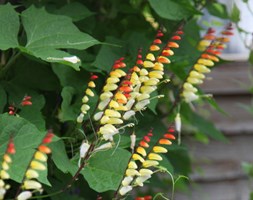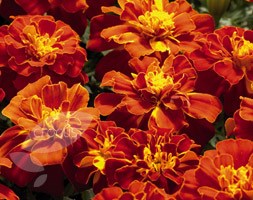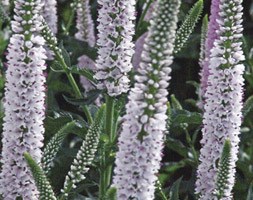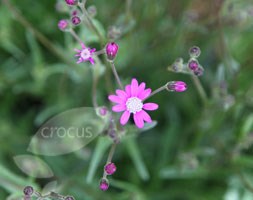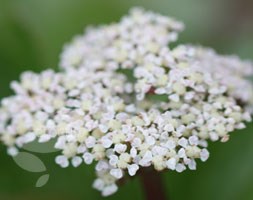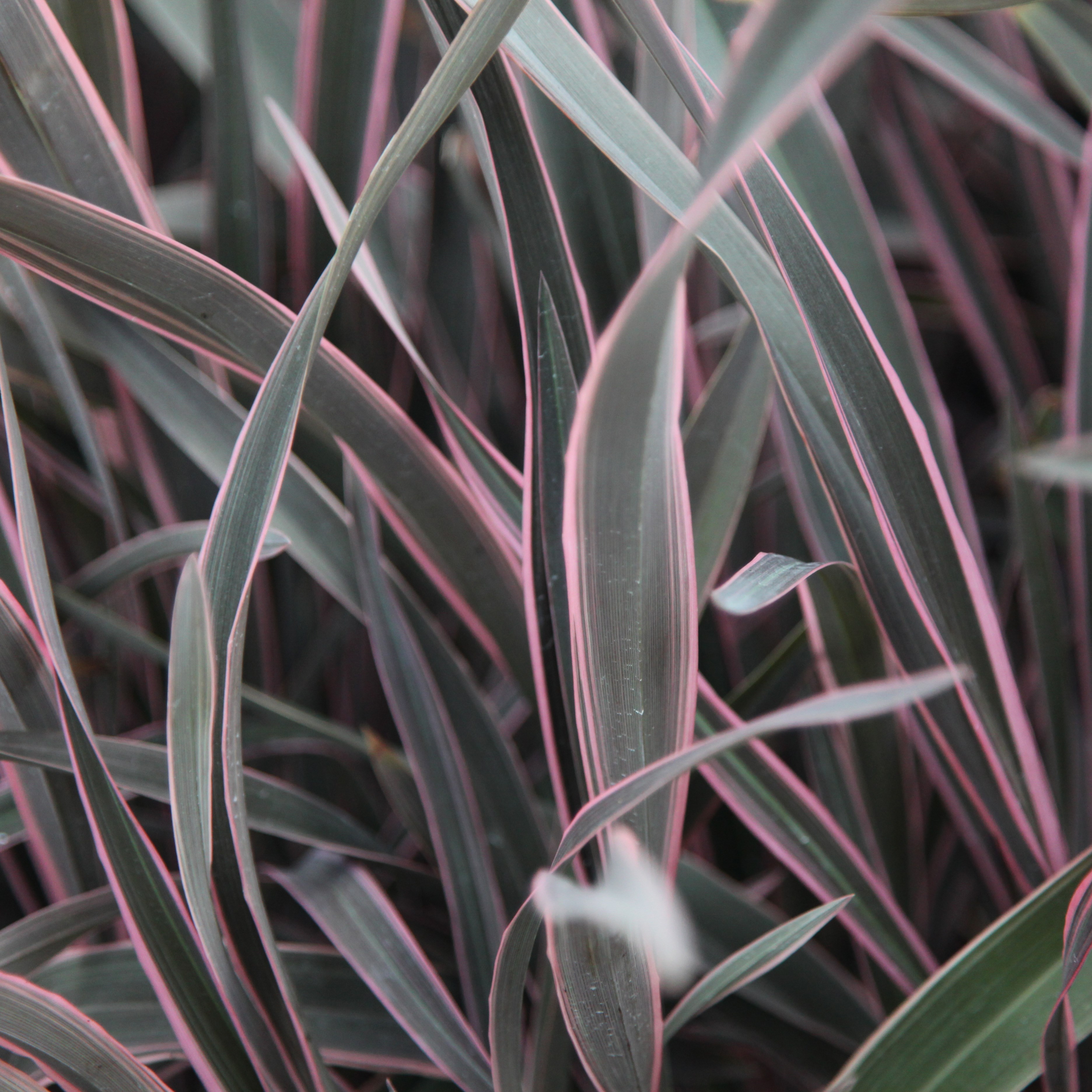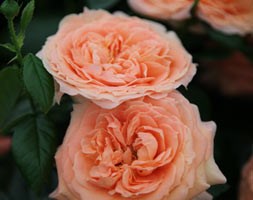Price reductions at Crocus
by Sarah - February 8th, 2014.Filed under: Crocus, Price Reductions.
Reduced price on lines today at Crocus
Ipomoea lobata (Spanish flag) was £1.99 now £1.49
Position: full sun Soil: moderately fertile, well-drained soil Rate of growth: average Flowering period: June to August Flower colour: rich purple and plum Other features: mid-green leaves; the seeds are highly toxic if ingested Hardiness: tender perennial This fast-growing climber forms a screen of relatively large, distinctly lobed foliage, which is very attractive in its own right. It is however for the abundance tubular summer flowers that this plant is most highly prized. Forming in one-sided sprays, these blooms are initially red, but fade to orange, yellow then finally white as they mature. The overall effect is extremely colourful. It will survive year after year if grown in a greenhouse or conservatory where temperatures do not drop below 10C. Garden care: Soak the seeds in water for 24 hours before sowing to soften them up and then plant 2.5mm deep into small pots filled with a freely draining compost. Keep them at around 20C and water when necessary. Thin out carefully when large enough to handle taking care not to damage the roots and harden off before planting out after all frosts. Provide adequate support for it to scramble up. Sow: March-April Flowering: June-September Approximate quantity: 15 seeds.
Marigold ‘Red Safari’ (French marigold) was £2.99 now £1.99
Position: full sun Soil: moderately fertile, well-drained soil or a loam-based potting compost Rate of growth: fast-growing Flowering period: June to September Flower colour: red Other features: contact with the foliage may aggravate skin allergies Hardiness: half hardy annual Thriving in hot sunny spots and tolerant of drought once settled in, this gorgeous marigold will make a vibrant addition to the summer planting scheme. It forms a low, neat mound of dark green foliage, above which sit the yellow-eyed, rich orange/red flowers. Flowering its socks off throughout the summer, you can often prolong the season right up to the end of autumn if you deadhead regularly. The aromatic foliage will help repel pests including aphids and whitefly, so they make a useful companion plant for tomatoes. Ideal for children as they are easy to grow. Garden care: Sow shallowly into moist but not wet seed compost and keep warm until after germination has taken place. When large enough to handle transplant into small pots, and grow on in cooler conditions. Gradually acclimatise before planting out at 30cm intervals after all risk of frost has passed. Later sowings can be done direct into a well-prepared bed. Sow: February – May Flowering: June – September Approximate quantity: 75 seeds.
Anemone coronaria De Caen Group Mixed (anemone bulbs) was £4.99 now £2.49
Position: full sun Soil: light, sandy soil Rate of growth: average Flowering period: March to April Flower colour: red, blue-violet and white Other features: useful as cut flowers Hardiness: fully hardy Bulb size: 5/6 Shallow bowl-shaped flowers in shades of red, blue-violet and white appear from March to April above the deeply divided, fresh green leaves. These pretty poppy-flowered anemones make charming cut flowers. They are ideal for a sheltered, sunny site. Garden care: Plant pre-soaked tubers 5-8cm (2-3in) deep and 15cm apart in September or October in light, sandy soil in a sunny, protected site. Cover with a cloche or dry mulch to protect against extreme winter weather.
Veronica ‘Atomic White Ray’ (speedwell) was £4.99 now £3.49
Position: full sun or partial shade Soil: moderately fertile, moist, well-drained soil Rate of growth: average Flowering period: May to July Hardiness: fully hardy Opening from the base of the flower spike, each pink-flushed white flower provides a beautiful contrast to the deep green foliage. They are useful for adding vertical interest to the border and the flowers also last well after being cut. Garden care: Dead-head regularly to prolong the flowering period and remove all faded flower stems in autumn. Apply a generous 5-7cm mulch of well-rotted garden compost or manure around the base of the plant in spring.
Senecio polyodon (senecio) was £5.99 now £4.99
Position: full sun Soil: tolerates most well-drained soils Rate of growth: average Flowering period: May to September Flower colour: pink, purple, magenta or violet Hardiness: fully hardy A native of South Africa where it is found growing in sunny grassland, this deciduous plant does best in a sunny spot with well drained soils, where it will form a vigorous, long-flowering carpet of colour throughout summer. Forming a basal rosette of leaves, it sends up sprays of daisy-like pink, magenta, violet or fuchsia coloured flowers with yellow centres from late spring to autumn. When happily settled, it may self-seed and produce new plants. Garden care: Try to avoid excessive winter wet and dead-head if you dont want it to spread.
Ligusticum scoticum (Scotch lovage) was £9.99 now £7.99
Position: full sun or lighlty dappled shade Soil: fertile, moist, well-drained soil Rate of growth: fast-growing Flowering period: July to August Hardiness: fully hardy Christopher Bradley-Hole used this to great effect in his 2013 garden at the Chelsea Flower Show. It is a hardy perennial, with attractively divided foliage, from which dark-stained stems arise bearing pretty umbels of pink-tinged, white flowers in midsummer. These are particularly attractive to pollinating insects. Allow it drift through naturalised planting schemes, prairies and woodland edges. Garden care: The plant’s tendency to self-seed may be a problem in hot summers. If fennel is being grown exclusively for its foliage, remove the yellow flowerheads to prevent it from self-seeding. When flowers have finished them cut back to 30cm from the ground.
Phormium ‘Pink Stripe’ (New Zealand flax) was £17.99 now £9.99
Position: full sun Soil: fertile, moist, well-drained soil Rate of growth: average Flowering period: July Flower colour: red Other features: broad, arching, rosy salmon-pink leaves Hardiness: frost hardy Garden care: Requires minimal pruning. In late spring remove any dead or damaged leaves and apply a balanced fertiliser and a mulch of well-rotted organic matter to stimulate vigorous, new growth.
Trachycarpus fortunei (chusan palm) was £12.99 now £9.99
Position: full sun or partial shade Soil: well-drained, fertile soil Rate of growth: slow-growing to average Flowering period: June to August Flower colour: yellow Other features: on female plants the flowers are followed by spherical, blue-black fruit Hardiness: frost hardy (needs winter protection) The upright, unbranching stem is clothed with fan-shaped, rich green fronds that can grow up to 75cm long. As the plant matures, it will also produce pendulous clusters of yellow flowers near the leaf bases in summer, which on female plants will be followed by near-black fruits. A wonderful plant for exotic and jungle-style planting schemes, it can tolerate a short periods of light frosts, but will need protection in more exposed areas. Garden care: In autumn wrap plants with a protective layer of hessian or frost fleece and apply a deep, dry mulch of straw or bracken around the base of the plant.
Rosa Lady Marmalade (‘Hartiger’) (Rose of the year 2014) was £11.99 now £9.99
Position: full sun Soil: fertile, humus-rich, moist, well-drained soil Rate of growth: fast-growing Flowering period: June to September Flower colour: Orange Other features: excellent cut-flowers Hardiness: fully hardy Voted as Rose of the year for 2014, this repeat flowering floribunda rose will flower continuously throughout the summer if deadheaded regularly. The spicily-scented, cup-shaped flowers appear in clusters (between five and eleven in each) and are a delicious shade of tangerine. These open over time to reveal their yellow centre, and look very beautiful set against the a glossy green foliage, which is noted for its excellent resistance to disease. A sublime choice for the border. All our roses are grown in an open field and then dug up when the weather conditions are right in October or November. Some suppliers send out their roses as ‘bare root’ plants (ie without pots or compost), but we pot ours up as it helps to keep the roots hydrated and in good condition. As they are dormant throughout the winter, they will not produce any new roots until spring, so don’t be surprised if the compost falls away from the roots when you take them out of their pots. The roses can be kept in their pots throughout the winter provided they are kept well fed and watered, however ideally they should planted out as soon as possible. They will already have been cut back so no further pruning will be required, apart from snipping off any tips that have died back. Routine pruning can begin in late winter the year after planting. Garden care: If planting in winter, choose a frost-free spell when the soil is not frozen. Roses are quite deep-rooted plants so dig a deep hole roughly twice as wide as the plants roots and mix in a generous amount of composted organic matter. A top-dressing of a general purpose fertiliser can be worked into the surrounding soil and we also recommend using Rose Rootgrow at this stage to encourage better root development. This is particularly important when planting into a bed where roses have previously been grown as Rose Rootgrow is said to combat rose sickness (aka. replant disease). Remove the plants from their pots and gently spread out the roots before placing them in the centre of the hole. Try to ensure that the ‘bud union’ (the point where the cultivated rose has been grafted onto the rootstock, and from where the shoots emerge) is at soil level. You c







